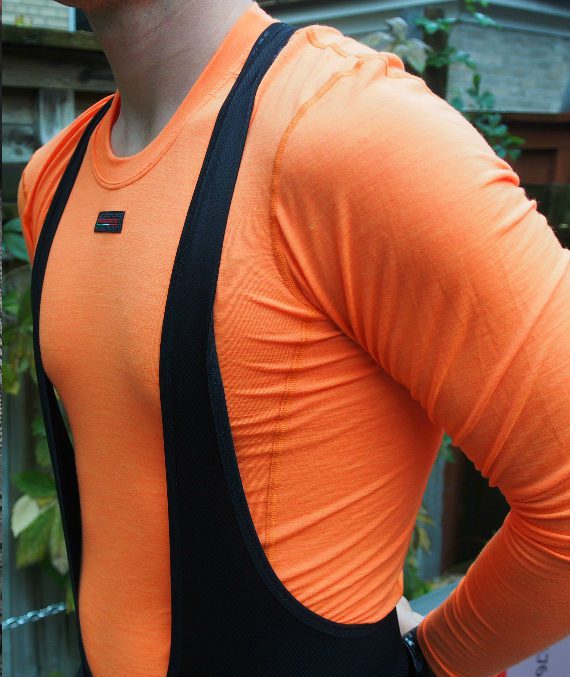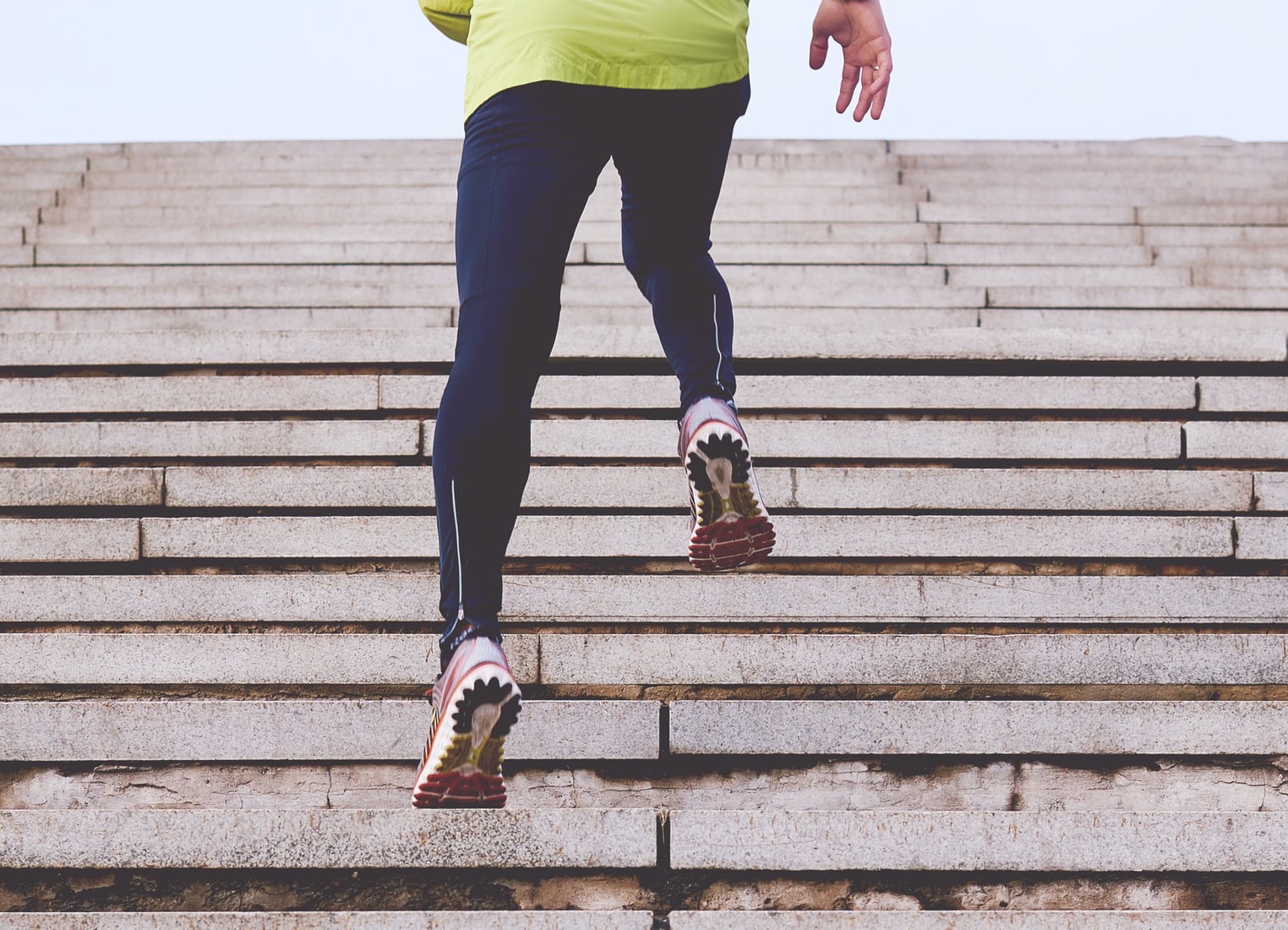Dressing for winter cycling with gear you already have at home
Don't let a lack of gear hold you back from year-round outdoor riding
 Photo by:
Unsplash/ Priscilla Du Preez
Photo by:
Unsplash/ Priscilla Du Preez
Like many Canadian cyclists, you may be winter riding-curious. Nothing compares to riding outside, and, though you miss the feeling of the roads, it can feel like you need to buy all new gear to even look at your bike in the winter. Fortunately, that’s not the case.
Cycling-specific winter gear will probably give you the best experience riding in the cold. That being said, if you’re just looking to suit up for a shorter ride or commute these items that you might already have at home will help keep you warm and comfortable. Be sure your bike is ready to take on the elements before you head out on the road.
RELATED: 6 ways to winterize your road bike on the cheap
Base layer
Staying warm on the bike is all about layering. If you’ve done any winter sports you might have a long sleeve base layer lying around—these are great for keeping your core warm while you ride in the cold. Cross-country skiing items translate particularly well to winter cycling. They’re sweat-wicking and designed to allow dynamic movement.
If you don’t own a base layer, a tighter, long-sleeve turtleneck will help. Look at the material of your base layer—long-sleeved shirts made of synthetic materials will wick sweat more effectively than cotton.
Jacket
Although you may be tempted to just throw on your warmest winter puffer, if you intend to ride at a pace that will make you even slightly sweaty you’ll probably regret that decision. Instead, start with your base layer and add a jacket that you would wear for your region’s late fall or early spring weather (tighter is better).
RELATED: Review: Castelli winter jacket and bibtights
Leggings
Bibtights are specifically made for cold weather and leg warmers can winterize any of your bibs, but if you’re not ready to buy either option, there’s still an alternative. Leggings, worn over you bibtights, will keep you warm in a pinch while avoiding the weird feeling of bibs moving around under jeans. Make sure your leggings are tight so they won’t slip around on your saddle or slide down.
If you don’t own any leggings but your partner does, try them on—you’ll be surprised how stretchy (and comfortable) they are.
Neck warmer
Cycling-specific neck warmer/neck gaiter/Buffs aren’t super necessary. If you have one at home it should work fine to protect your neck from the cold wind.
Hat
Thickness of material is important when looking for a hat to wear under your helmet. The thinner the better—you don’t want your helmet to slide off with your hat if you crash. Many people get cold ears so a thinner hat that will cover at least the top of your ears would be ideal.
RELATED: Why you need ski goggles for your winter rides
Shoes or boots
Most cycling shoes are made to be breathable. It’s great to have a well ventilated foot in the summer, but in cold weather these features backfire and leave cyclist’s feet super-chilly. Shoe covers, warmer insoles and even winter specific cycling shoes are options, but if you’re working with what you have at home you’ll once again want to go the layering route.
A thin sock layered with a merino wool (or warmer) sock will keep your feet warm in your shoes. For extra heat some cyclists recommend aluminum foil between the sock layers, old socks cut into home-made shoe covers and putting duct tape over any vents on the shoes.
If the whole process seems not warm enough or just too much work, you always have the option of putting flat pedals on your bike and just wearing your cosy winter boots to ride in the winter.
Gloves
Mittens impede your ability to shift and grab the brakes on curly handlebars. Lobster gloves are a great middle ground between gloves and mittens, but if you don’t own a pair you can resort to the tired and true trick of layering. A thin glove under a thicker, warmer pair should work for a short ride in the cold.



